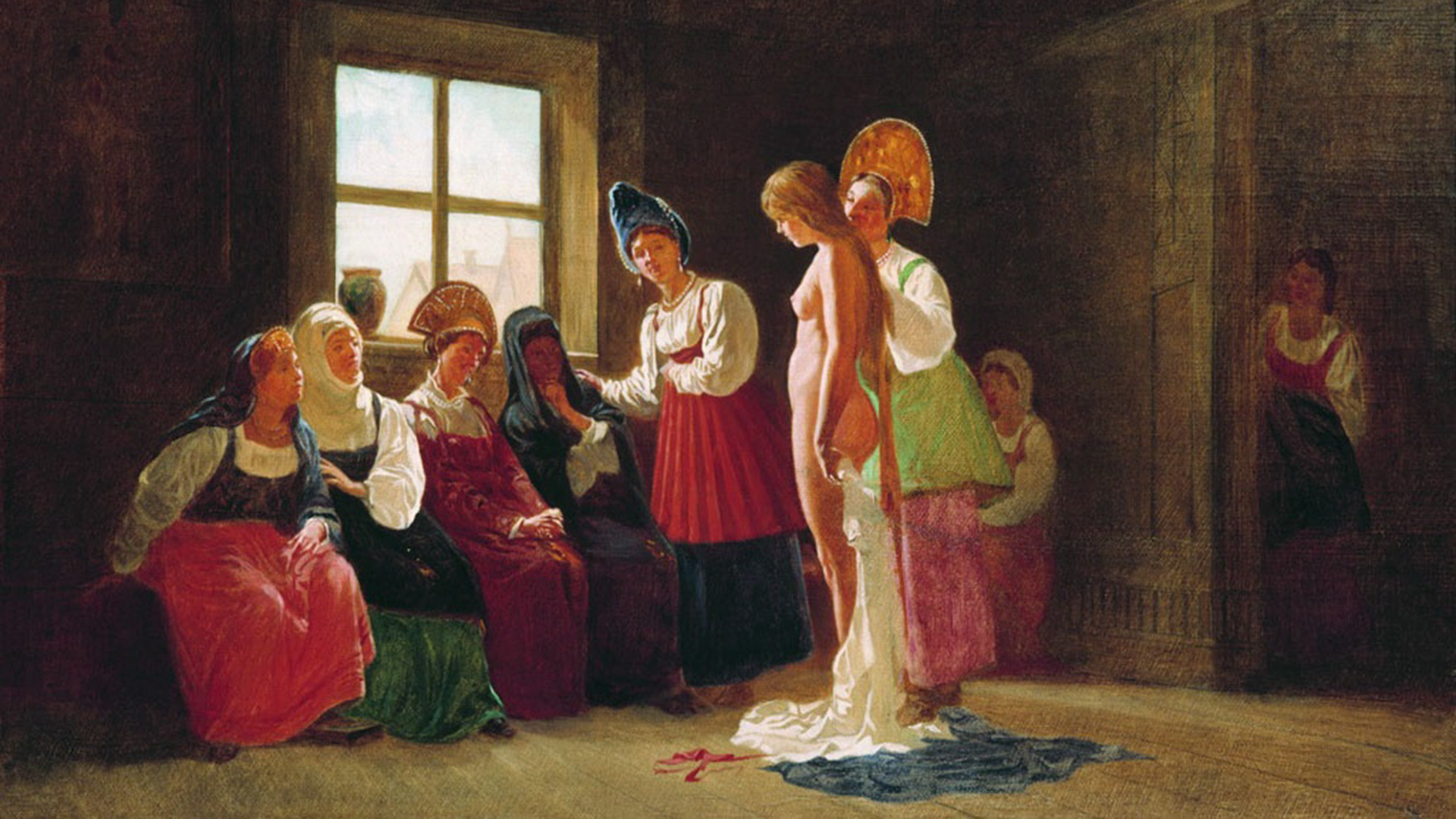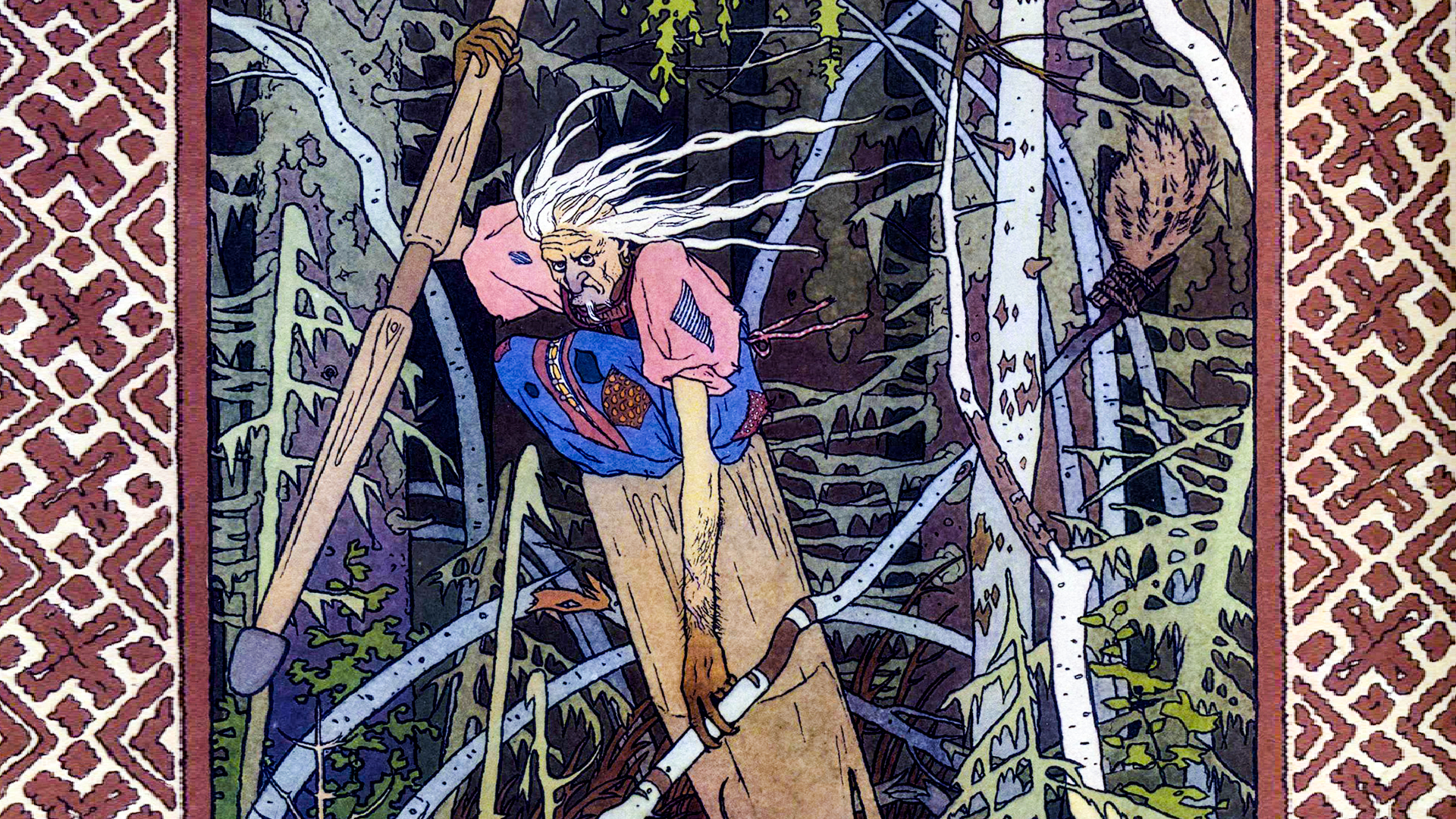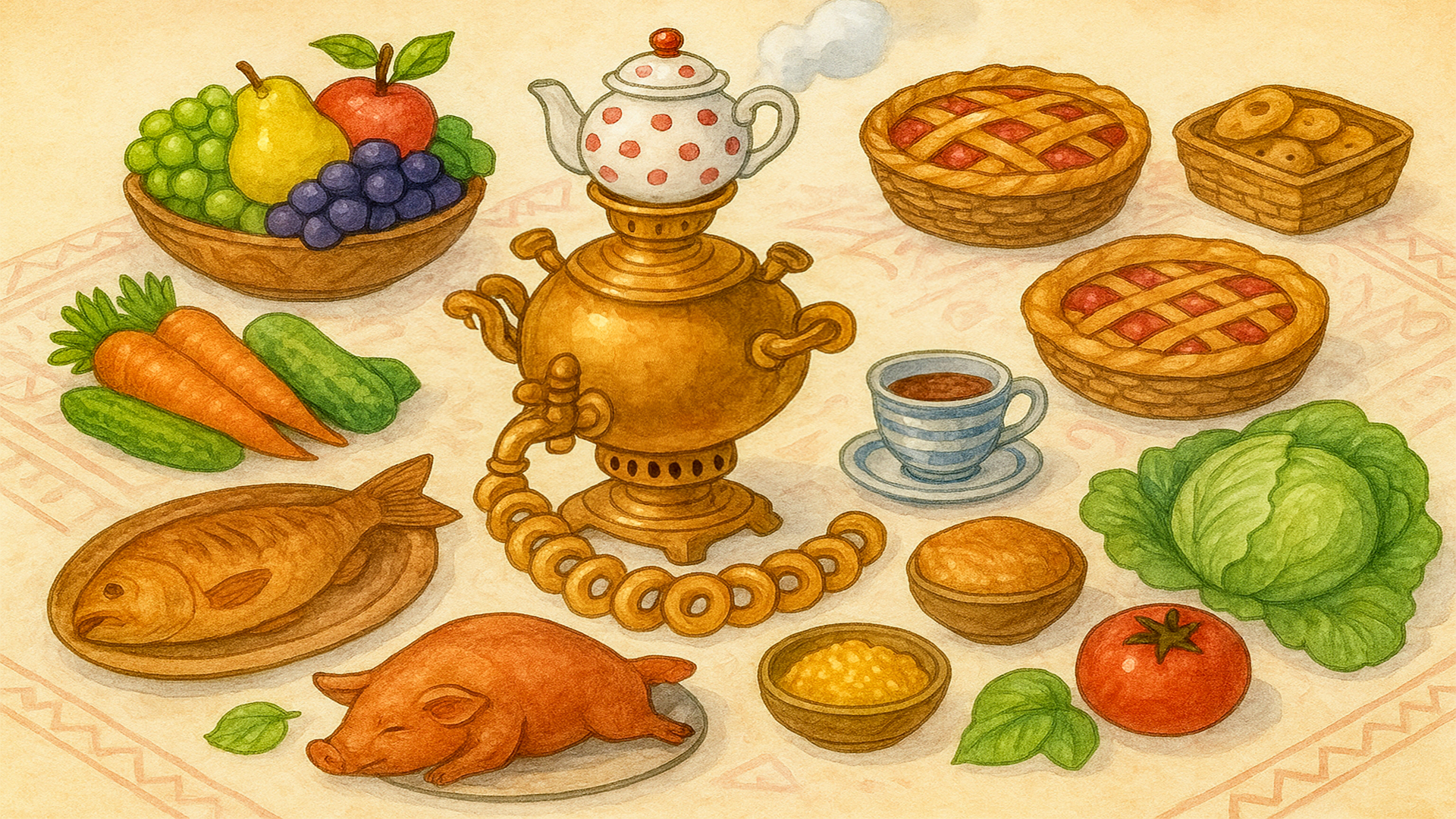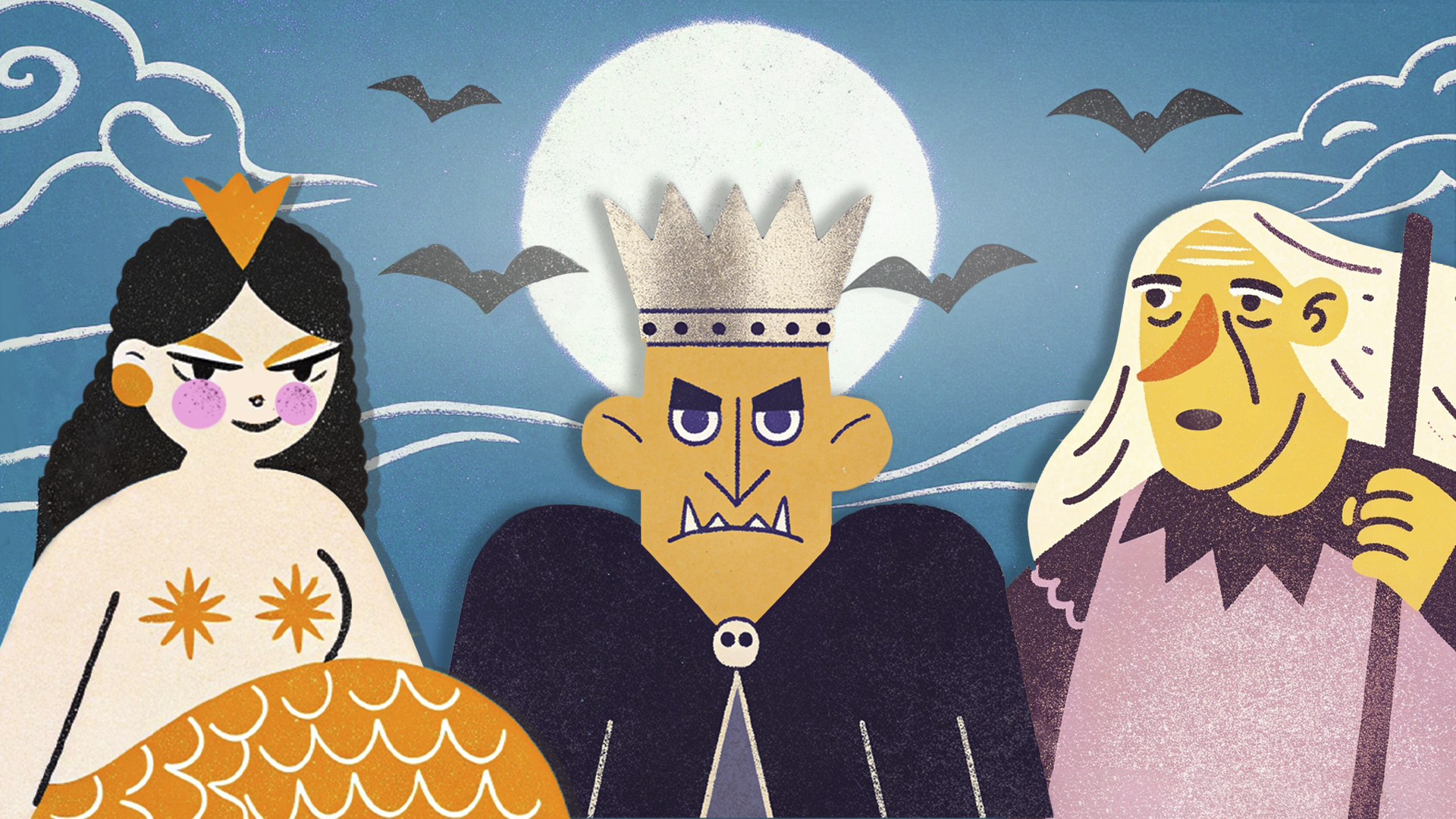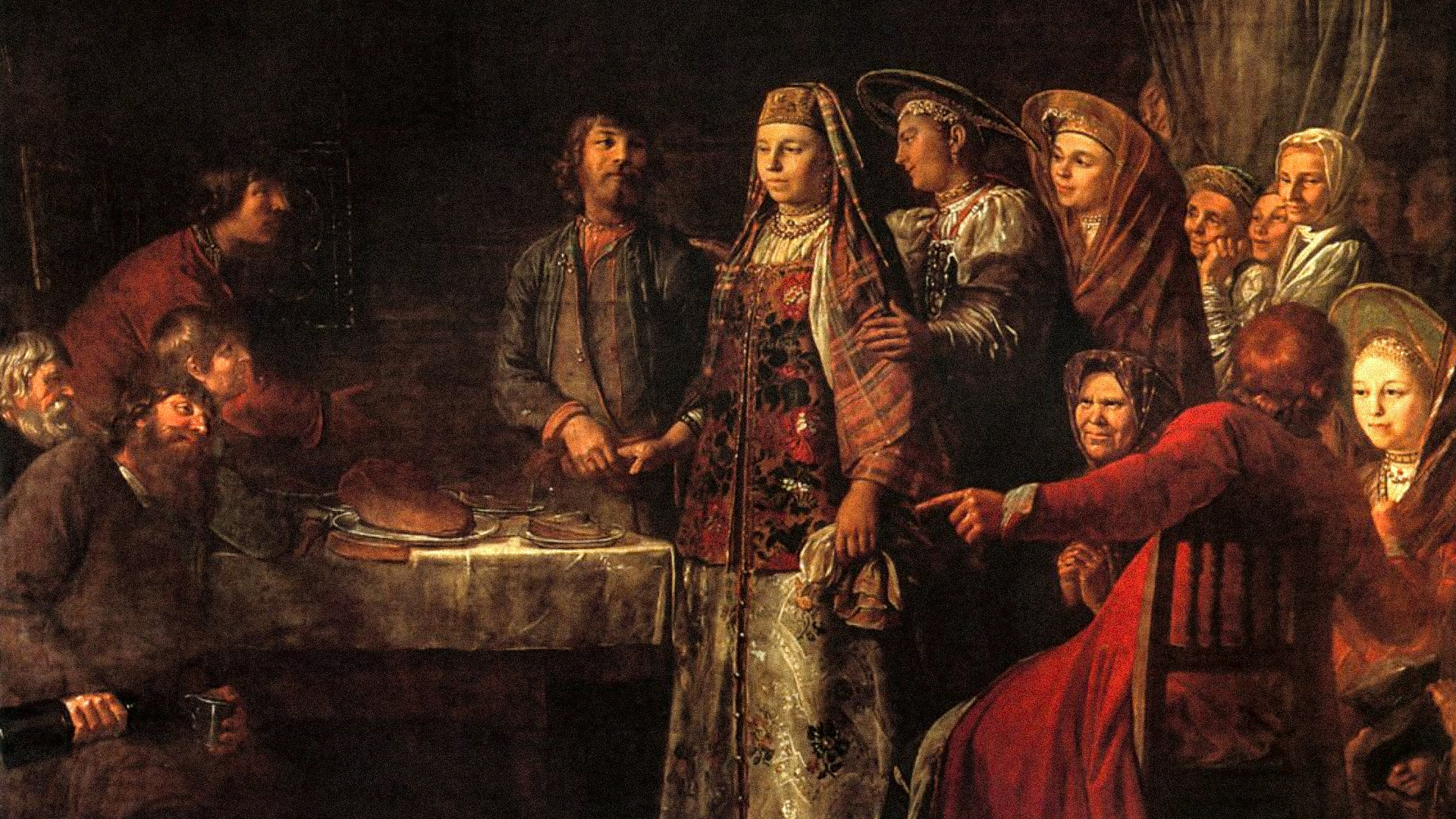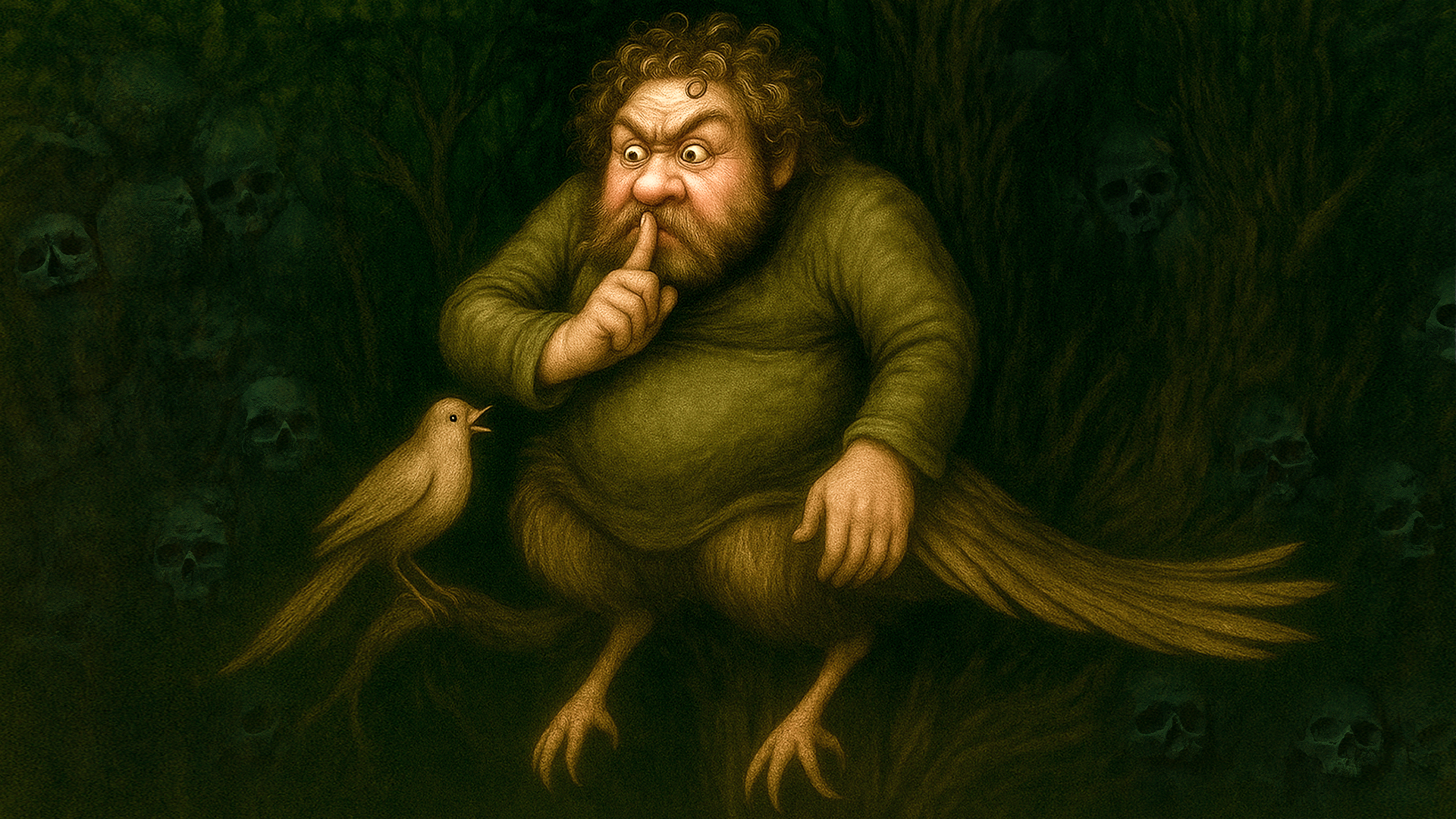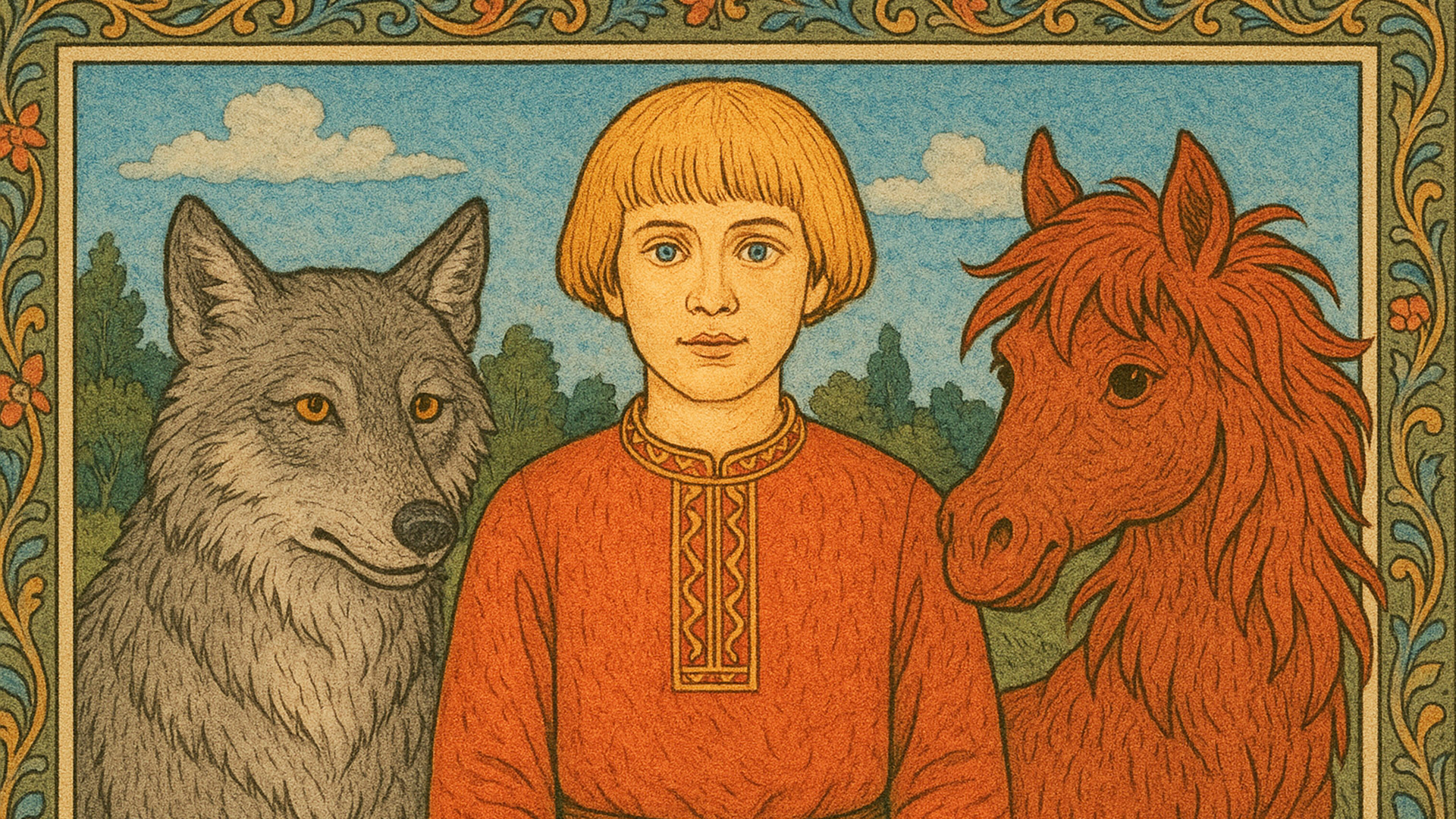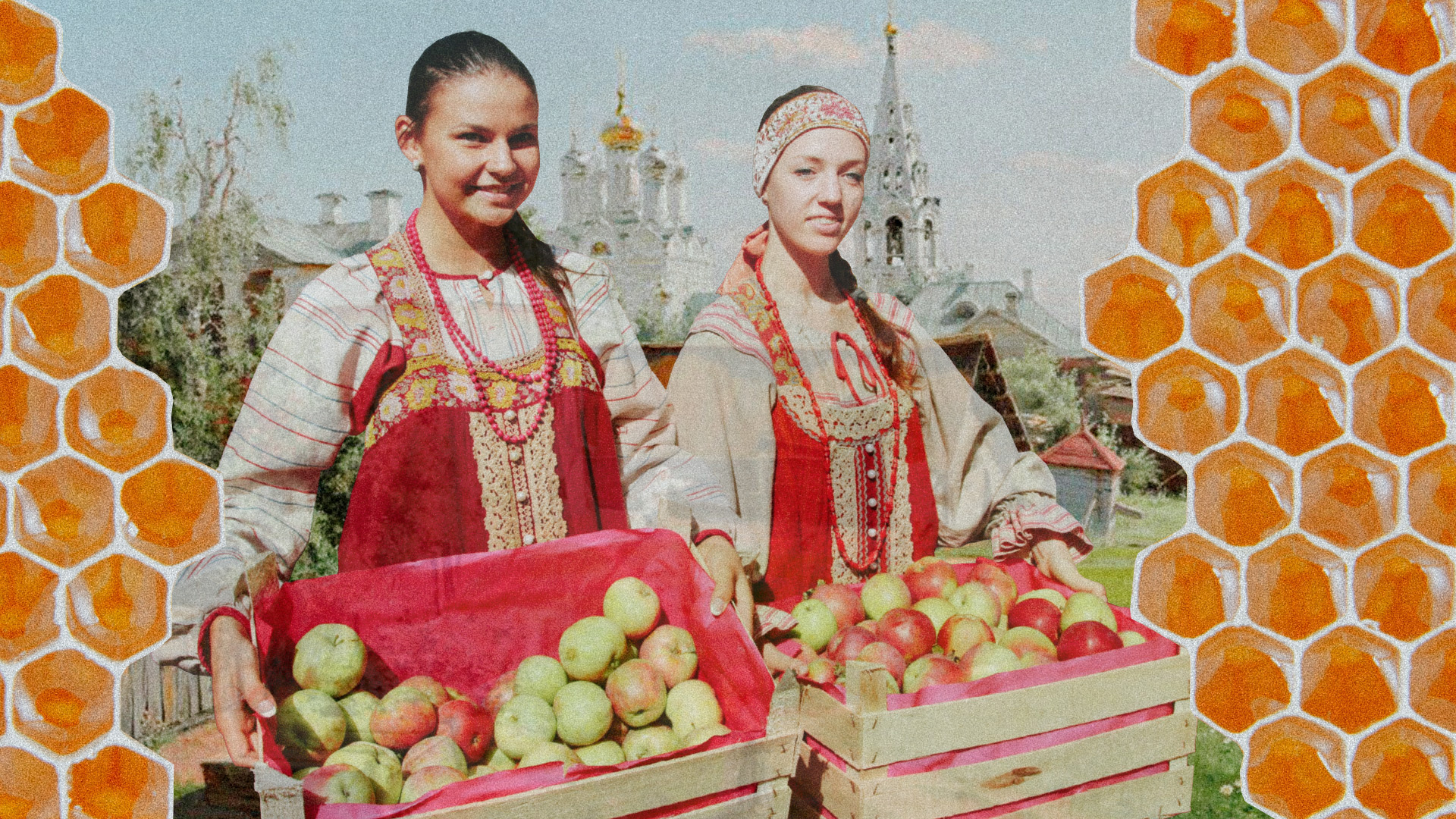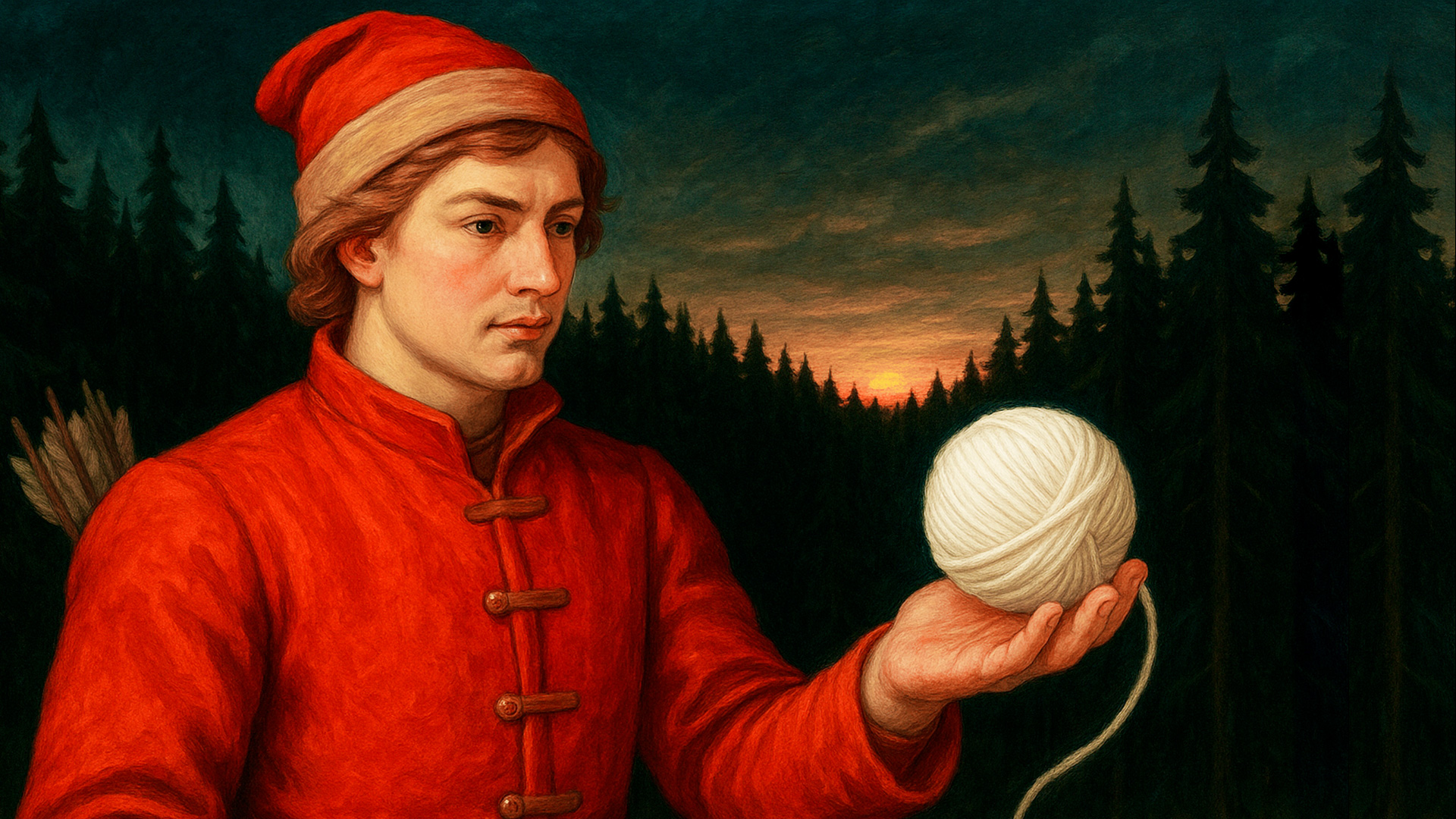
12 magical plants the Slavs used (PICS)
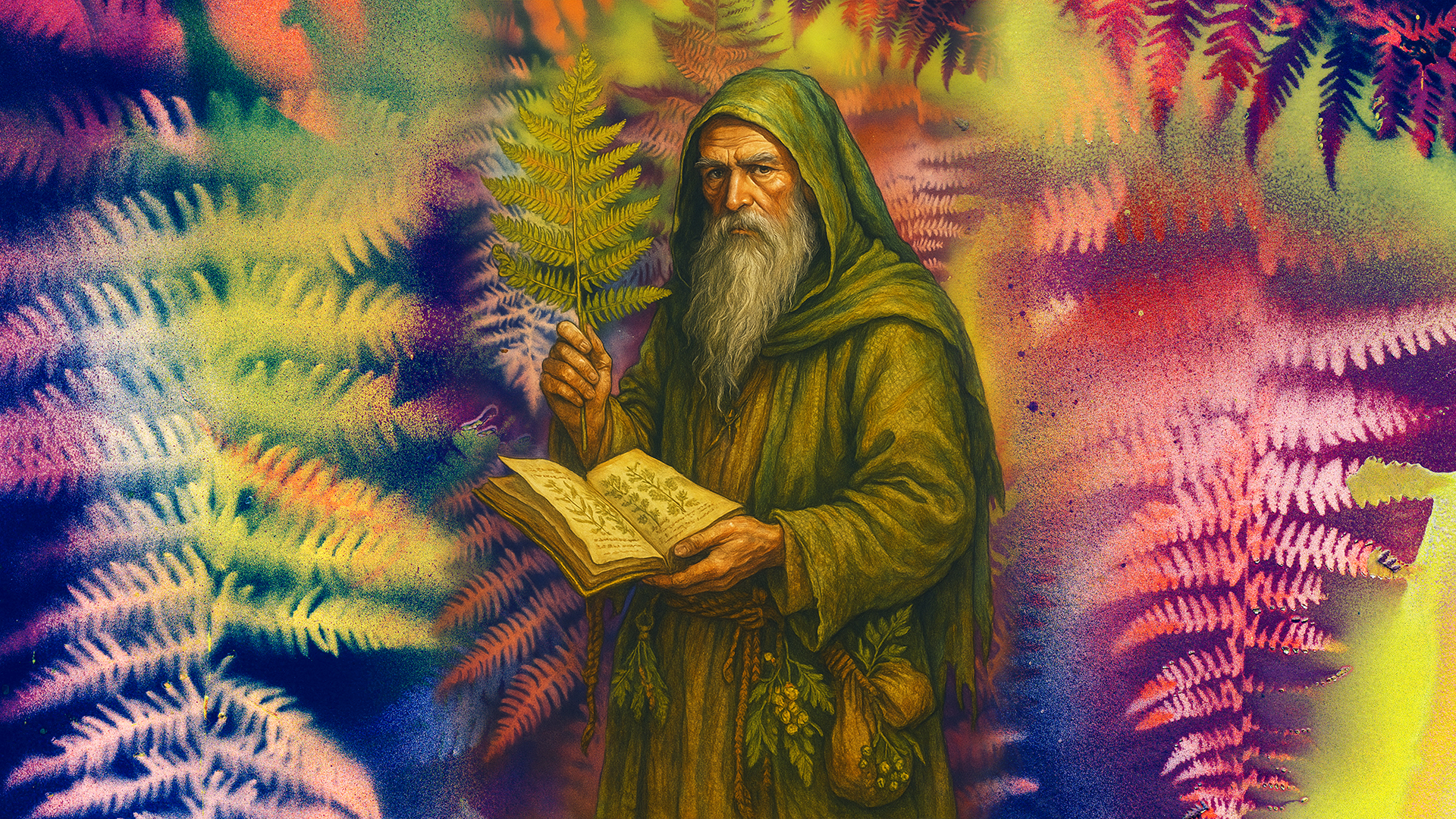
Fern (Perun's flower)
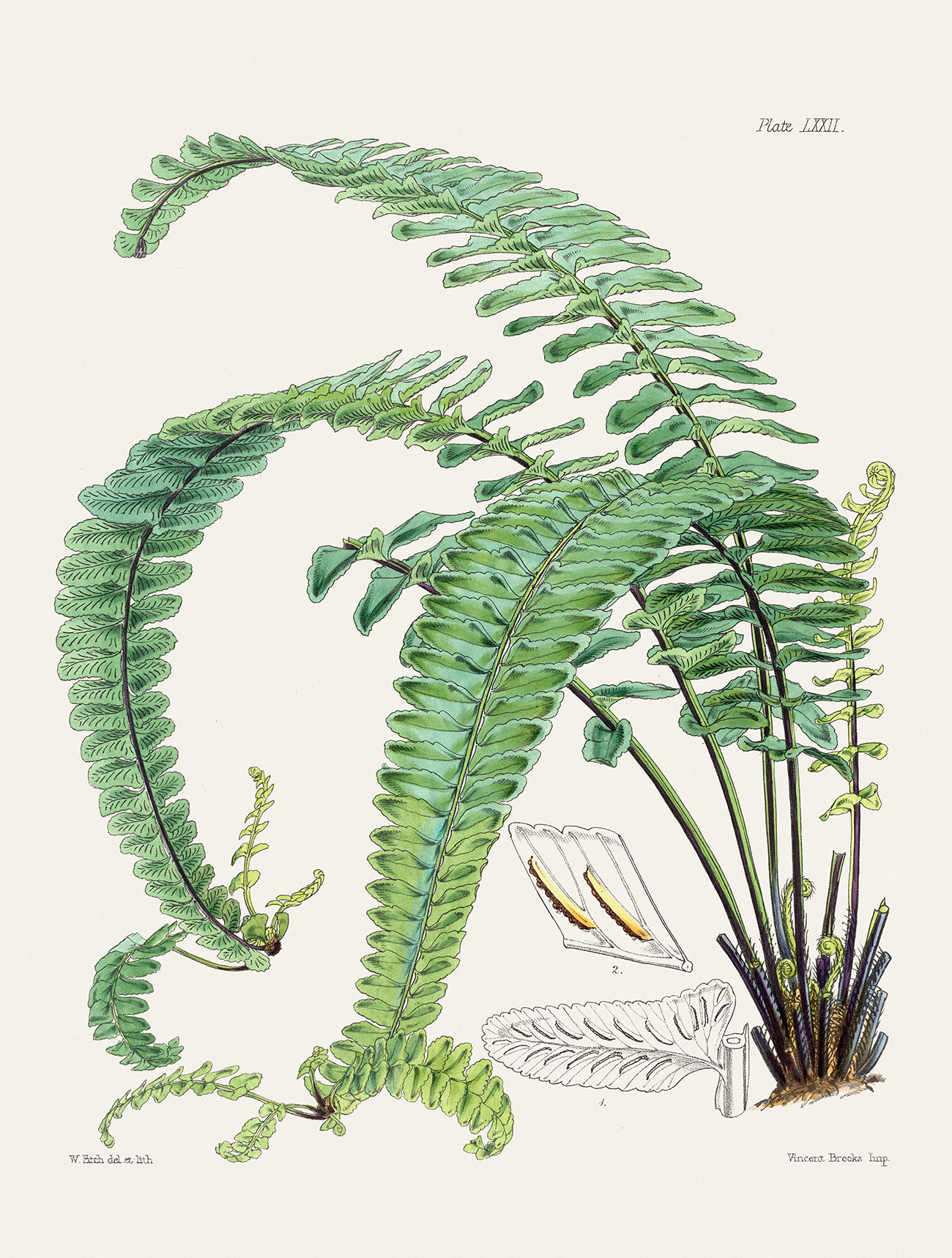
This was considered to be the main mythical flower of the ancient Slavs. It was believed to only bloom one night a year, strictly on Ivan Kupala (from July 6 to 7), and was protected by evil spirits. According to beliefs, whoever found a fern flower would gain magical abilities: to find treasures, understand the language of animals and birds, become invisible and/or open any locks. In reality, the fern doesn’t bloom, as it is a spore plant. In essence, however, the fern flower is a symbol of an unattainable miracle.
Wormwood (Chernobylnik, Widow's grass)
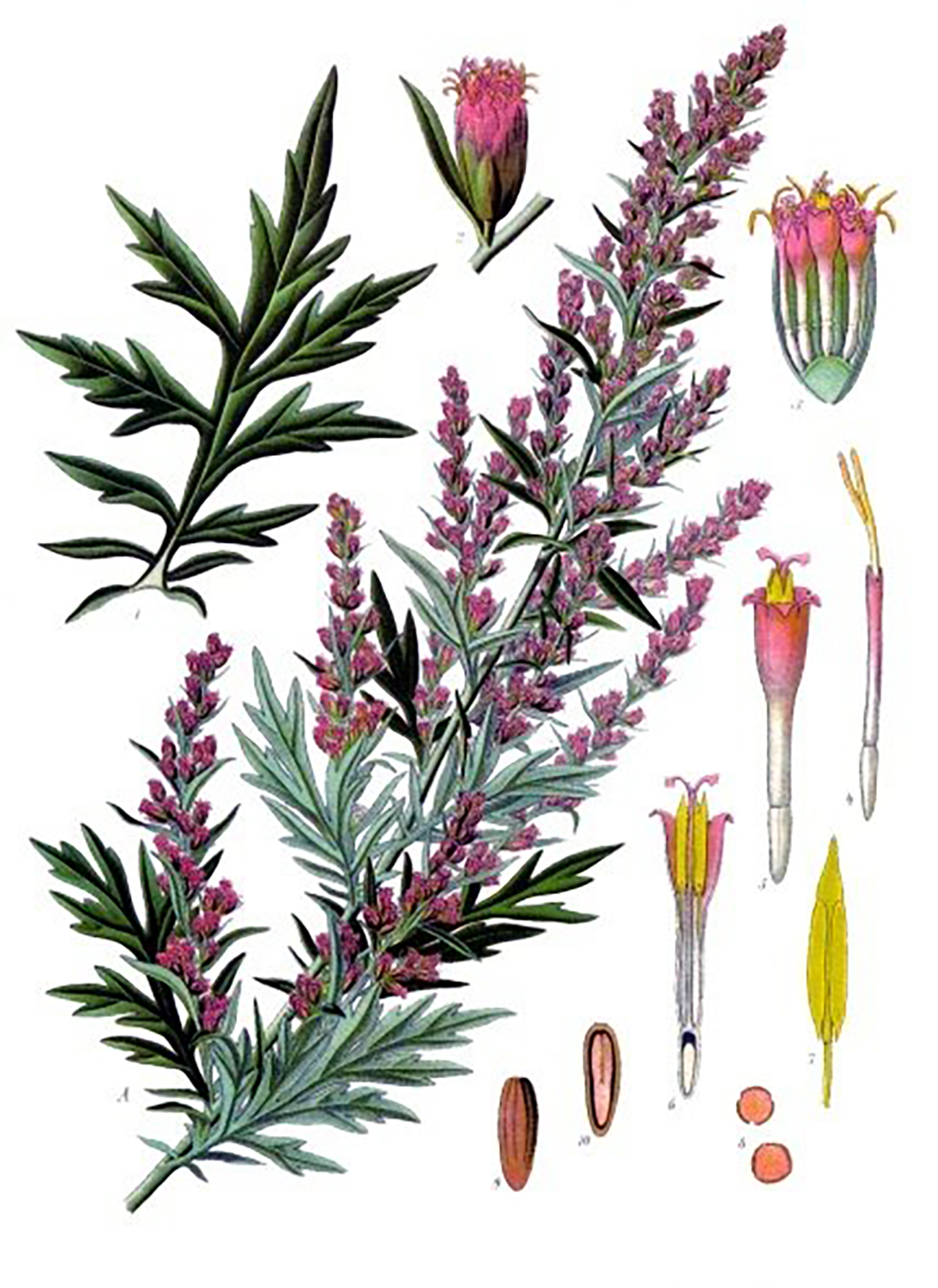
This was believed to be the most powerful amulet. Its bitter smell was considered unbearable for evil spirits. It was typically used to protect against mermaids: on Green Christmastide, bunches of wormwood would be woven into wreaths and hung on windows and doors. Travelers would also take it with them to drive away evil spirits. The smoke of dry wormwood, meanwhile, would be used to fumigate the house after the visit of an unwanted guest.
St. John's wort (Ivan's blood, Khvoroboi)
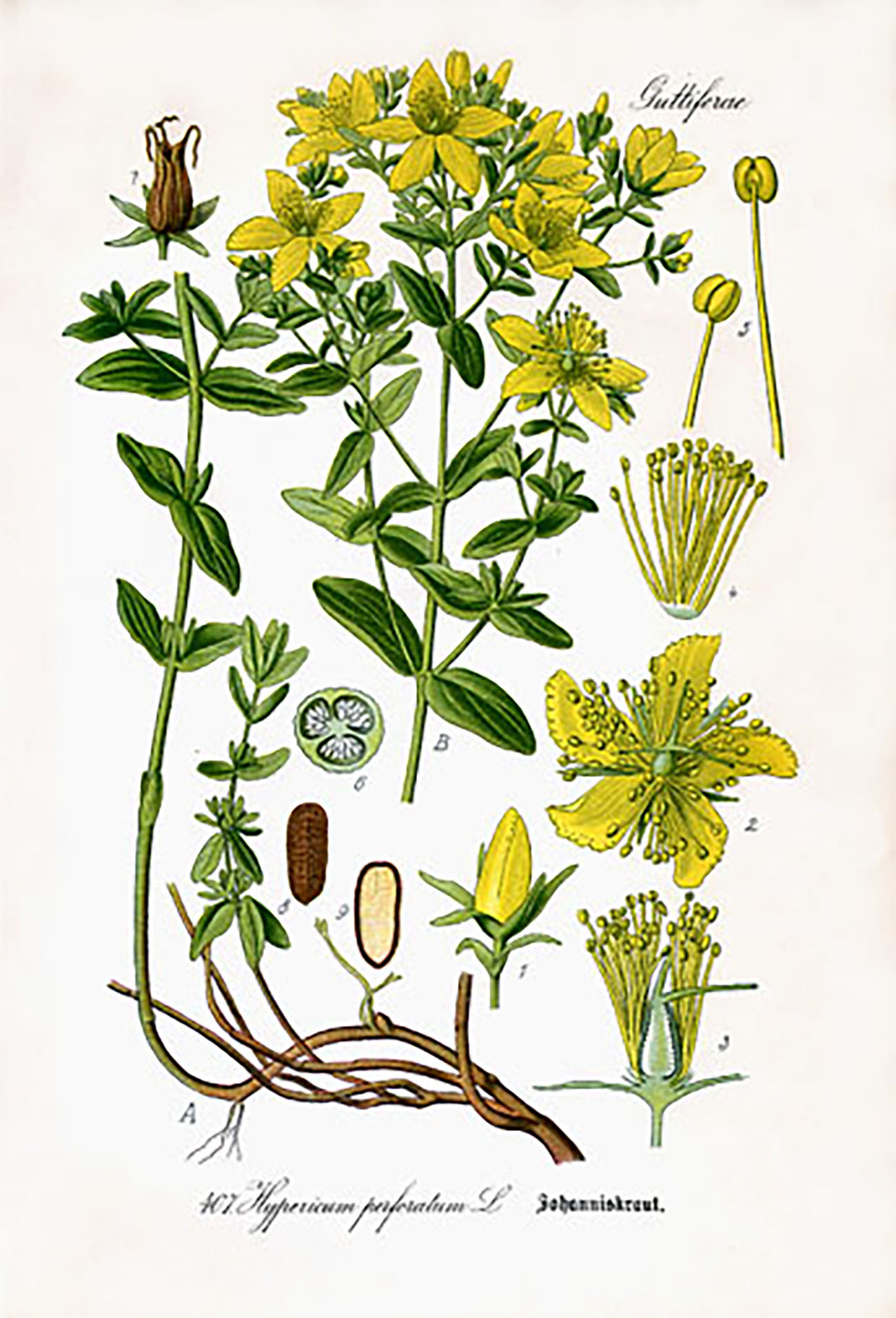
Dried St. John's wort was worn in amulets around the neck or literally sewn into clothes. It was believed that it drove away evil spirits and protected against the evil eye. It was also used for treating melancholy, insomnia and wounds. A bunch of St. John's wort would also be placed in a baby's cradle as a talisman.
White water lily (Odolen-grass, Water lily)
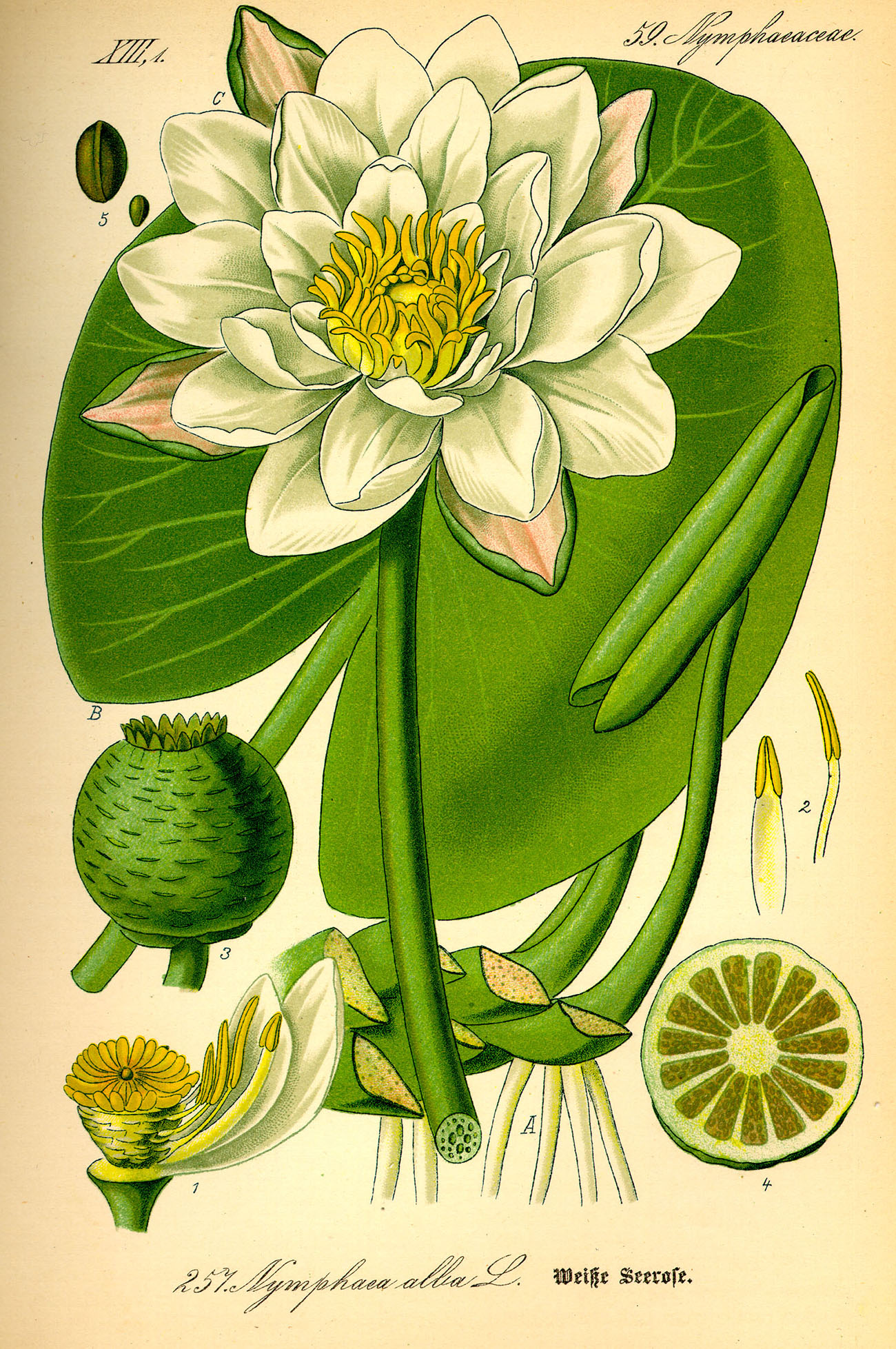
This was believed to be the most powerful amulet against water evil spirits (water spirits, mermaids, etc.). People would also take it with them on the road, especially if they had to cross rivers and lakes. The root would typically be hung around the neck as an amulet against the evil eye. It was also used in love spells.
Willow loosestrife (Weeping grass)
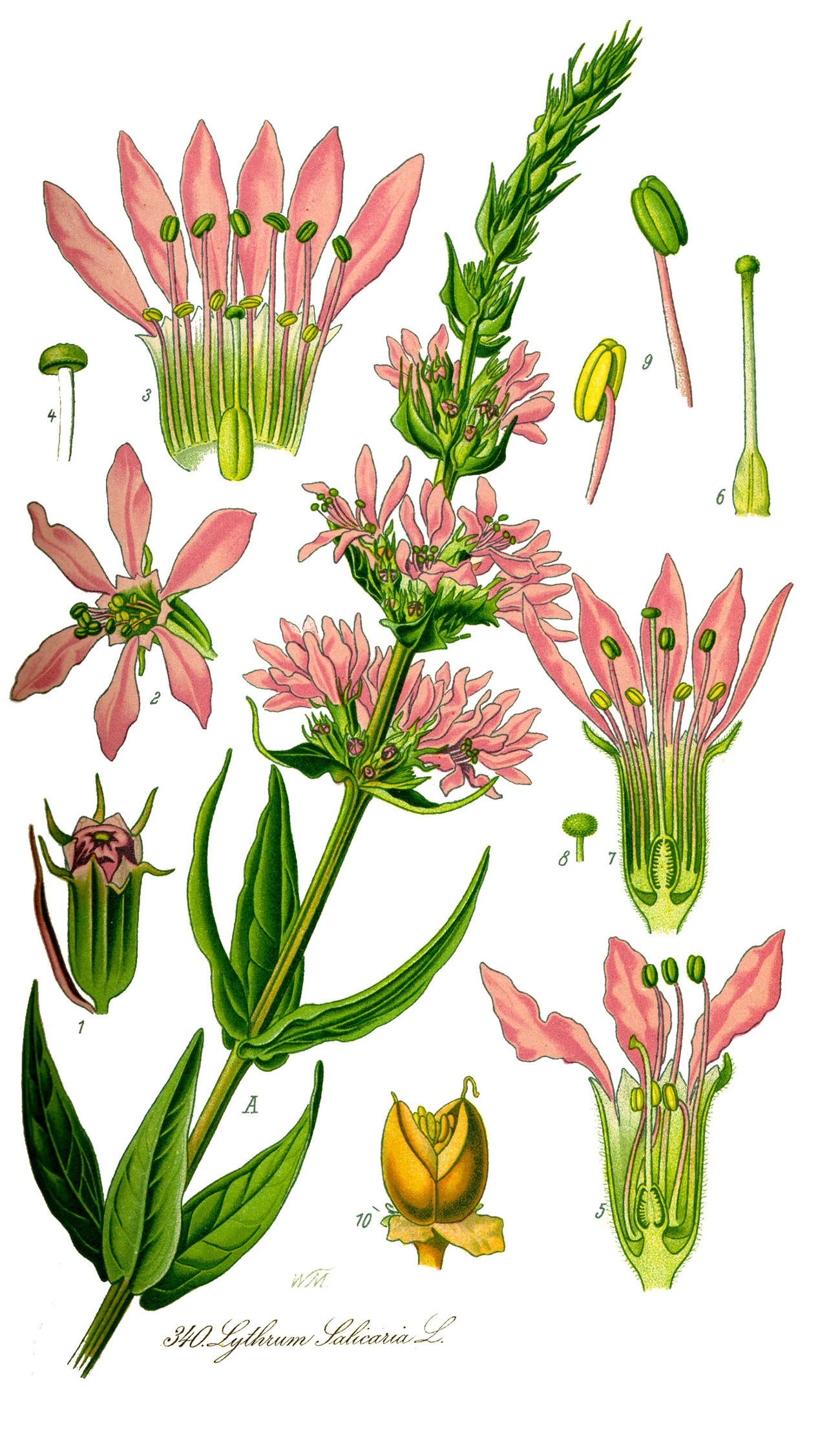
According to legend, this plant grew from the tears of the Virgin Mary, shed during the crucifixion of Jesus Christ. It had the power to make people cry and subdue evil spirits. It was also believed that it could point to a treasure and drive demons out of a possessed person. Often, crosses for rituals would be carved from its root.
Knotweed/Birdweed (Tear-grass)
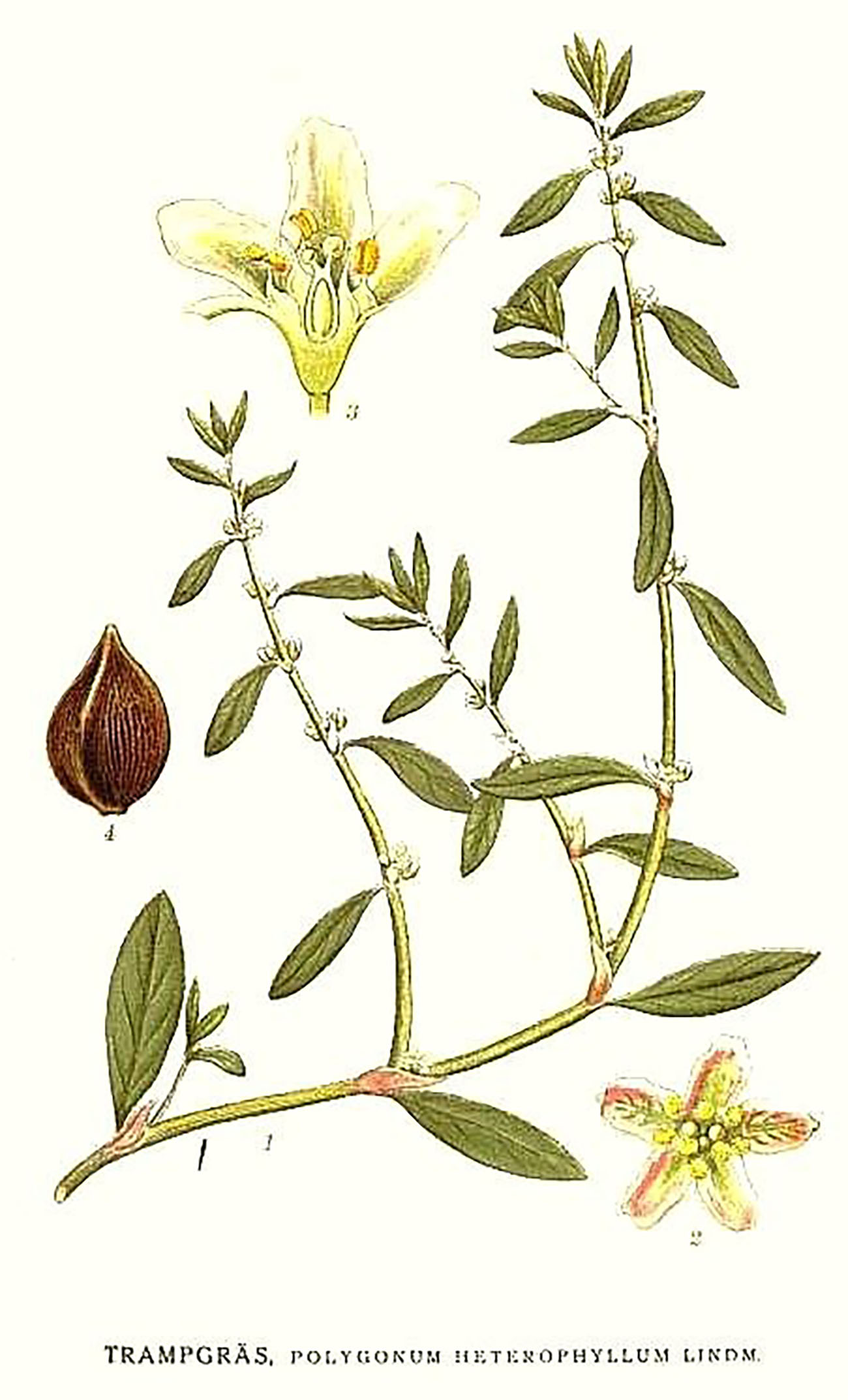
According to beliefs, this herb could open any locks or doors. To get it, Slavs would mow the grass to a certain night and watch where the scythe blade would break – this meant that they had come across tear-grass.
Pasque Flower (Dream-grass)
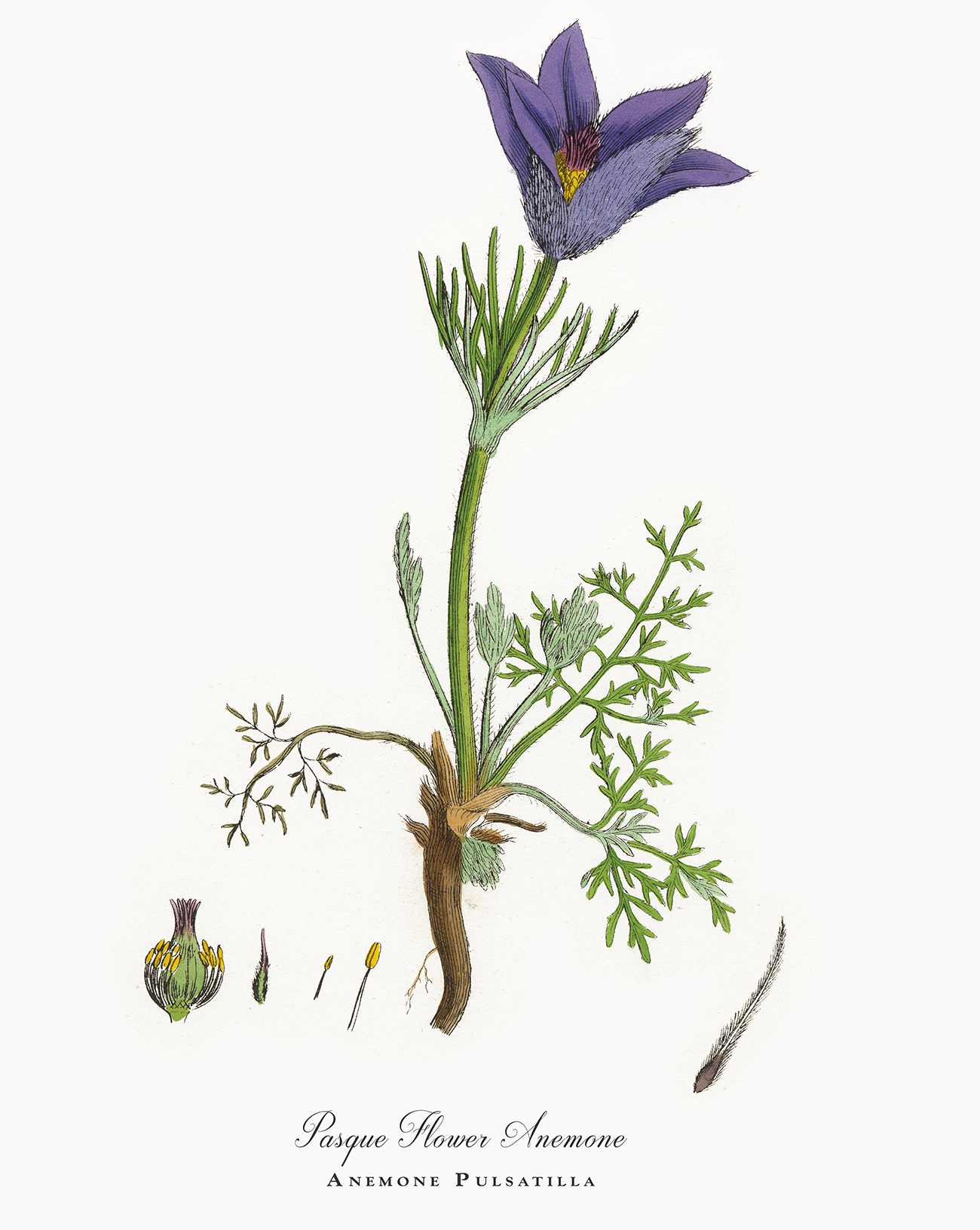
This herb was associated with prophetic dreams and prophetic visions. It was typically placed under the pillow at night, in order to help induce a prophetic dream. It was also used to treat insomnia.
Elecampane (Nine Powers)
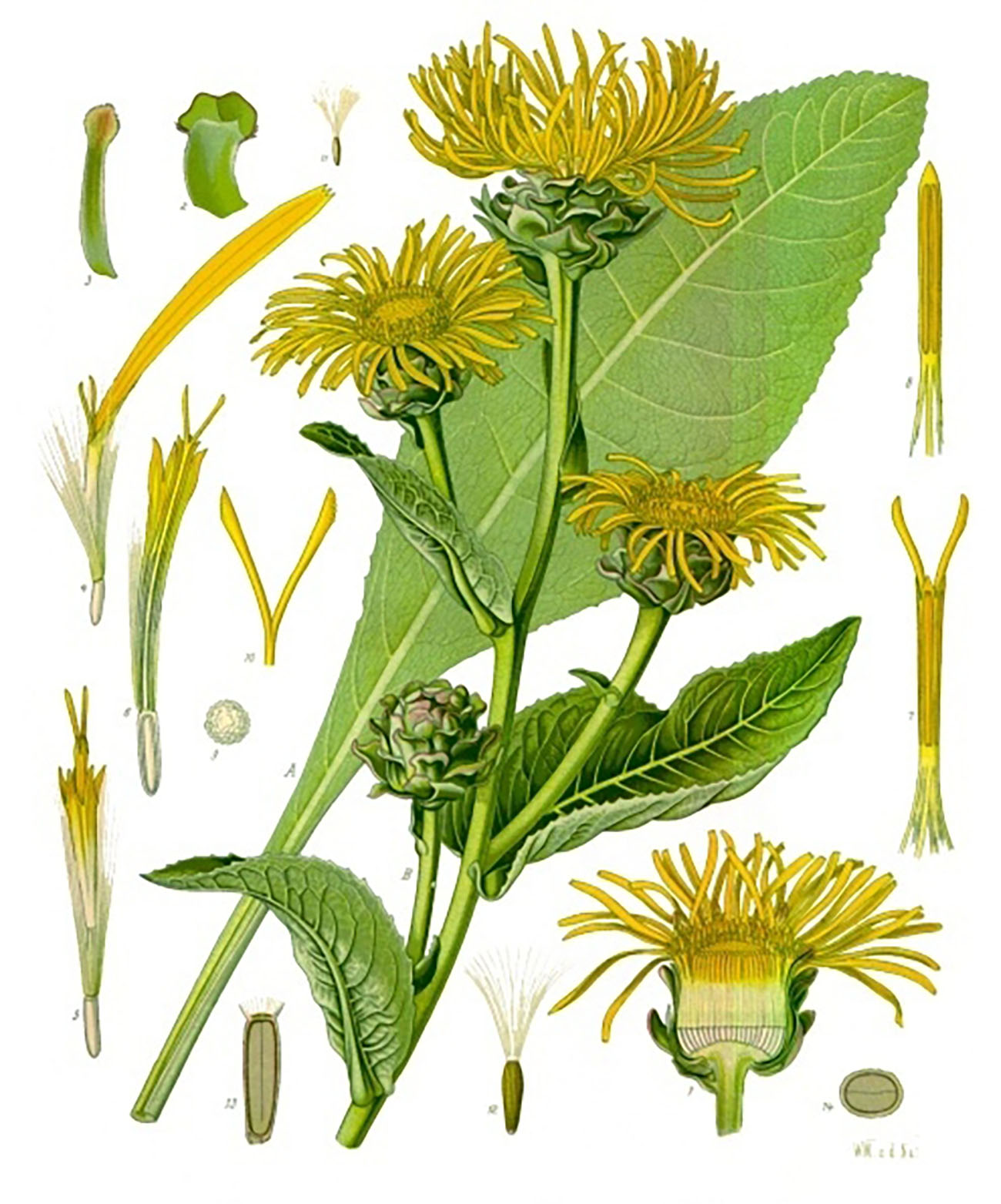
This is a herb that supposedly gave humans nine powers against nine diseases and nine types of evil spirits. It was a symbol of health and longevity. It would be carried as a talisman to protect against diseases and the evil eye. Travelers also took the root with them so as not to get tired.
Nettle
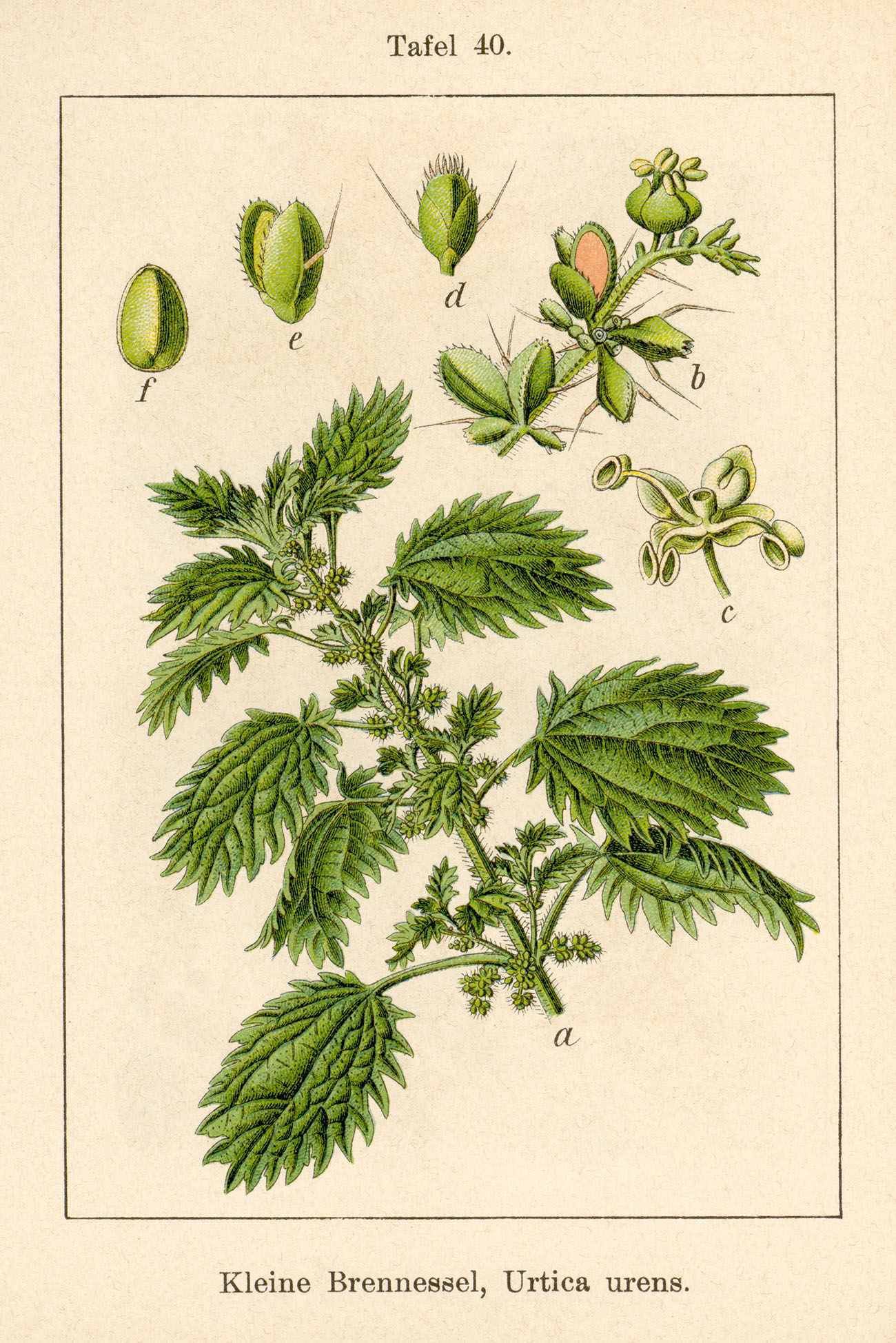
This weed was not only used to make cabbage soup, but also to punish naughty children by whipping them on their bare legs with it. It was also considered to be a powerful, protective plant. Its pungency was associated with the ability to "burn" evil spirits and evil. It would typically be placed under the threshold, so that a witch could not enter, while entire rugs for the hallway would be woven from it, in order to remove bad intentions from guests.
Lyubka bifolia (Night violet, Cuckoo's tears, Love root)
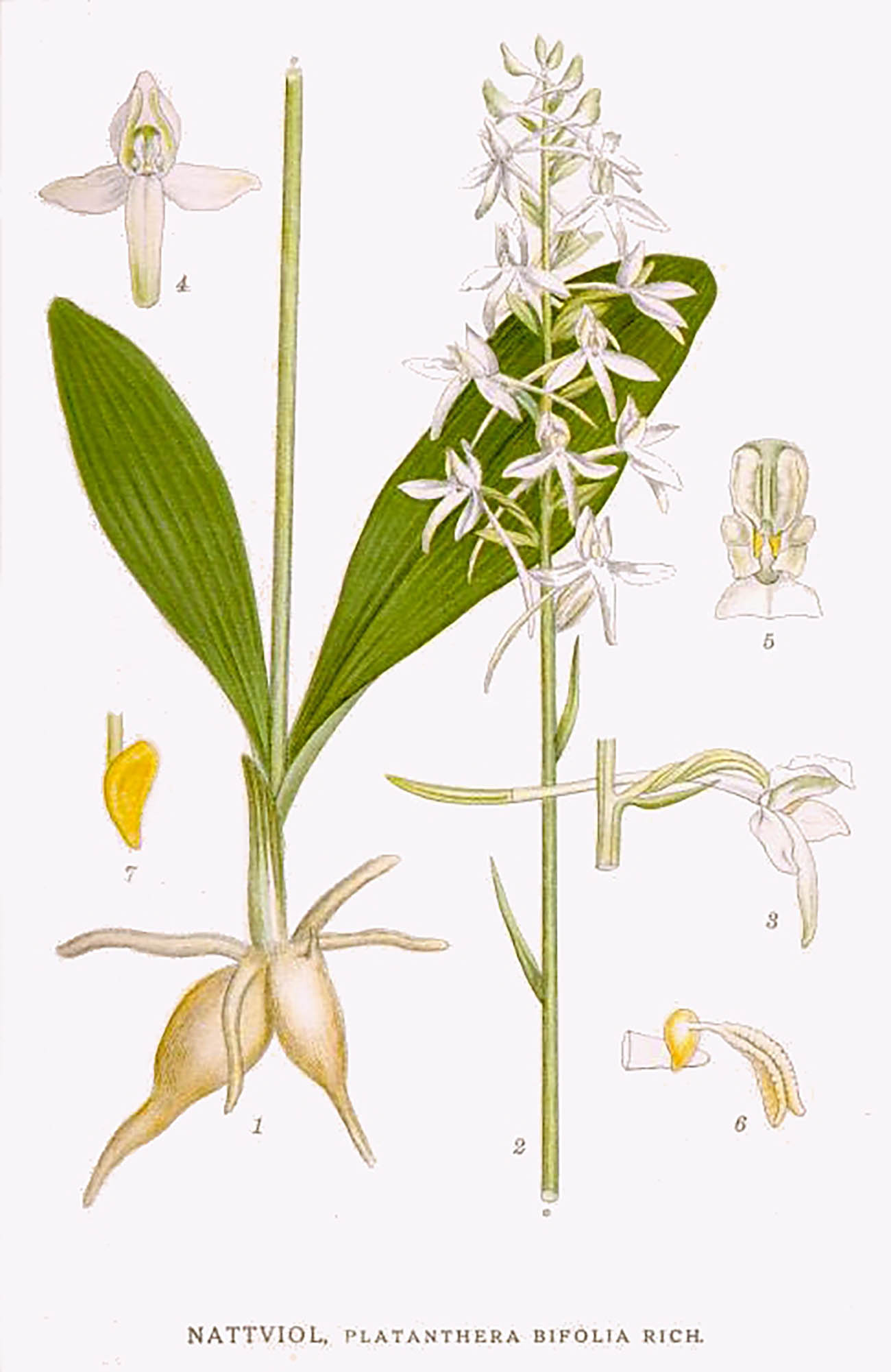
This was the main component of love magic and love potions. It received the name ‘Night Violet’ for its strong aroma, which typically intensified at night and in damp weather. It was believed that this aroma attracted love and passion. Girls wore the flower on their chests or washed themselves with a decoction of ‘lyubka’ to become more attractive.
Henbane (Blekota, Night blindness)
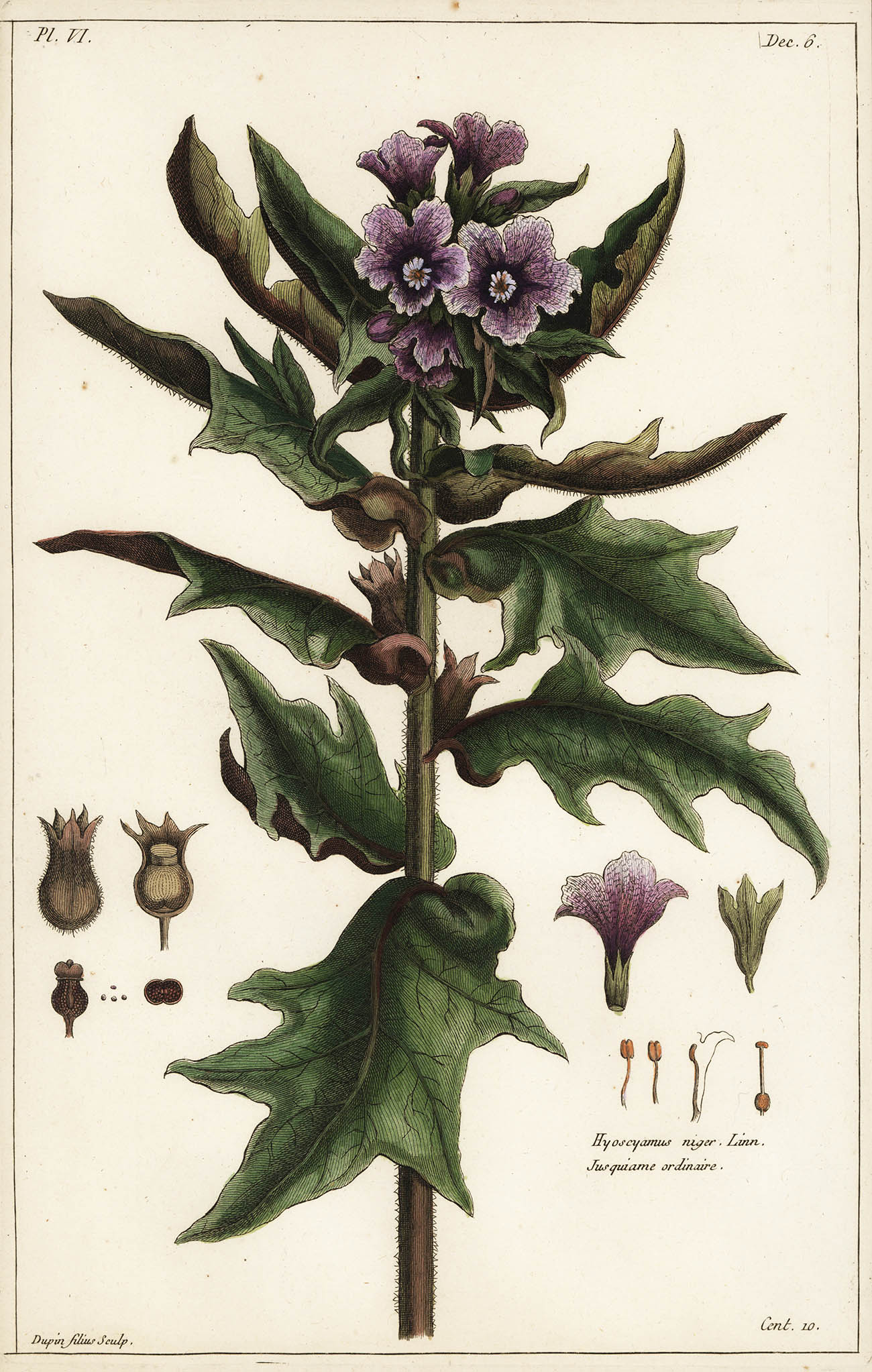
"Have you eaten too much henbane?" This was typically asked of those who talked nonsense. This poisonous plant was also used in dark magic. Slavs believed that evil spirits lived under ‘henbane’ and its smoke could cause madness. The name ‘Night Blindness’ is associated with its ability to cause visual impairment.
Thistle (Chertogon, Burdock)
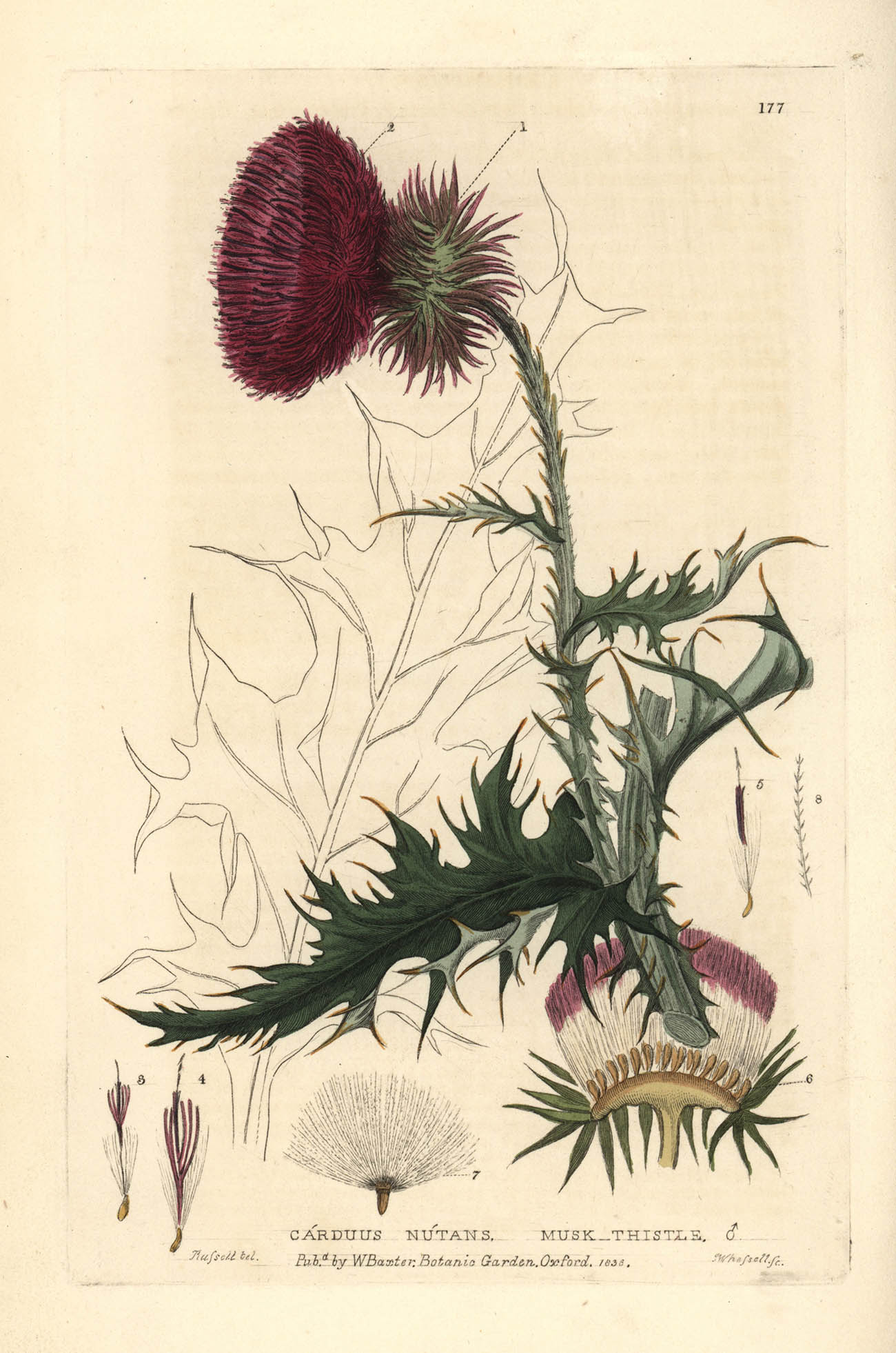
This was considered to be a strong, protective plant. Its thorns were associated with the ability to "hook" and then drive out evil spirits. It would often be hung over doorways and windows, so that evil spirits could not enter the house, and in the barn and stable, in order to protect animals from the evil eye and diseases.


